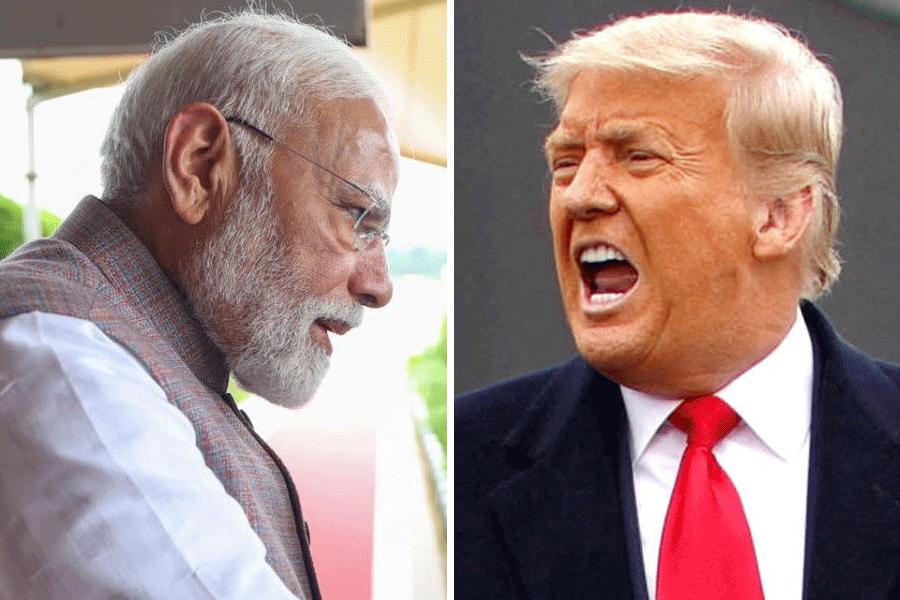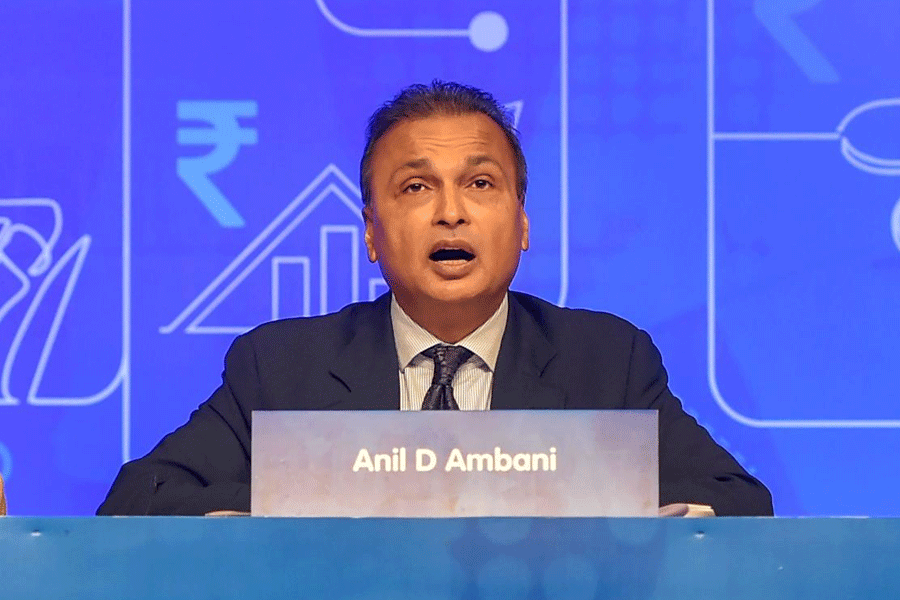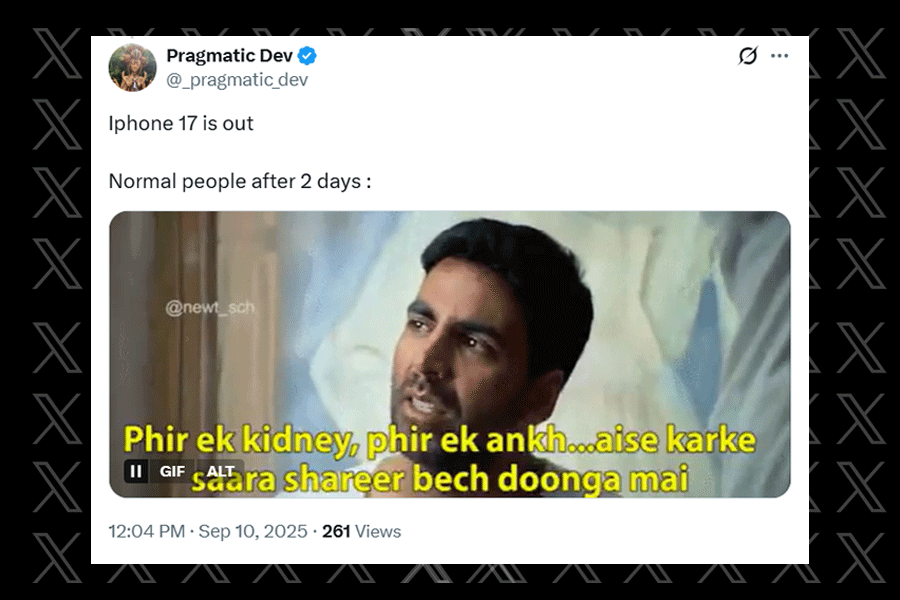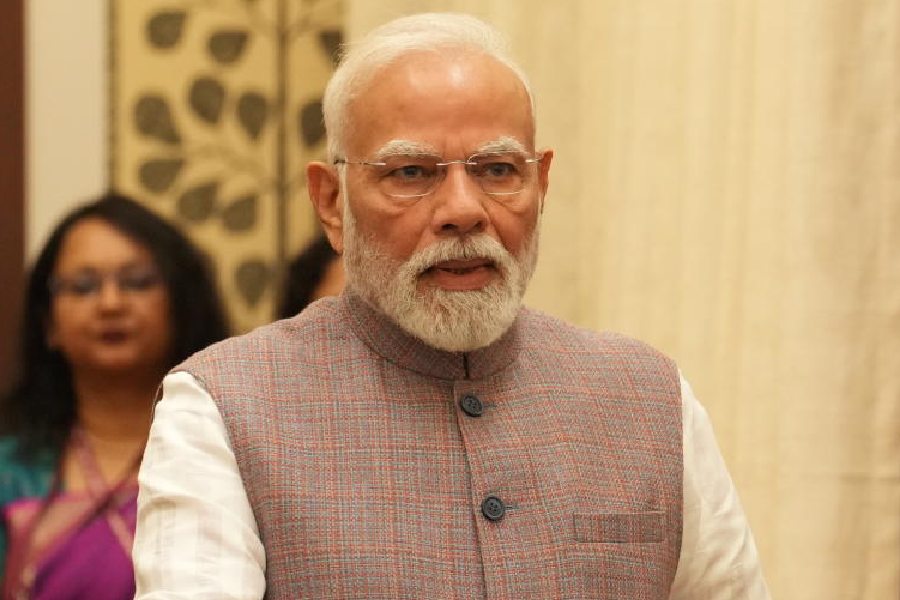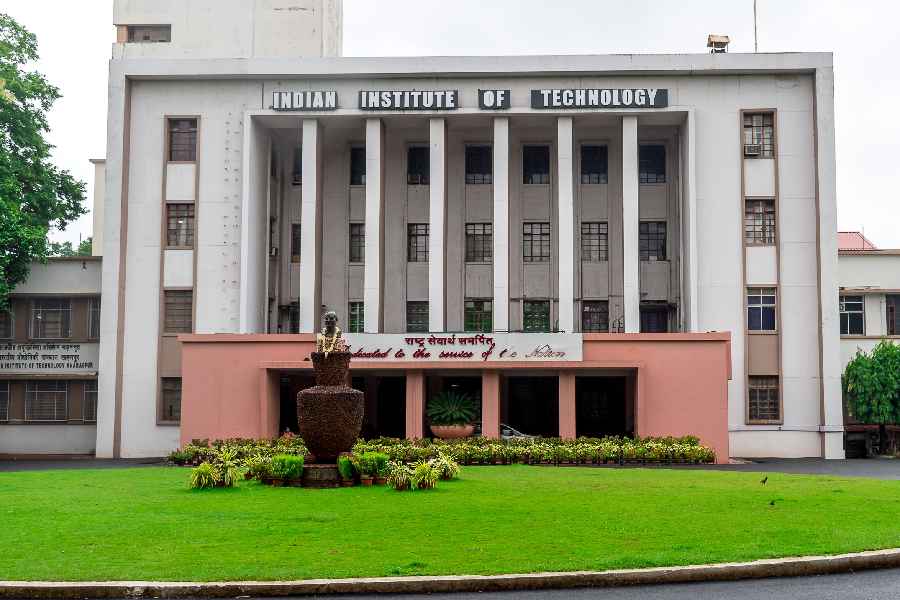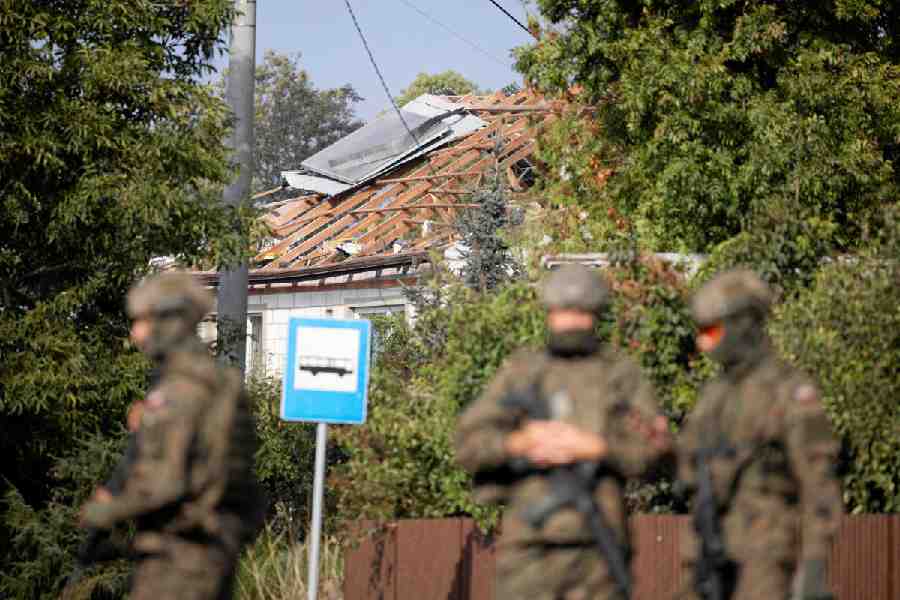
Crossings
THE CHEERFUL female voice on the Delhi-Dehradun Shatabdi tells you, in a sentence or two, the significance of the city where the train's halted for its scheduled two or so minutes. Meerut, the announcement will have you know, is where soldiers revolted; Haridwar is famous for the River Ganga; Roorkee for its first engineering institute and Saharanpur for its wood carvings. And then the train draws into Muzaffarnagar. This is Muzaffarnagar, says the recorded voice. The train will stop here for two minutes.
Well, the voice can't tell you, can it, that the train has reached what's become known as the crime capital of India? For the highest crime rate is not in parts of Bihar, as many would believe, but in this western Uttar Pradesh (UP) district, a seemingly idyllic region surrounded by green sugarcane fields and yellow mustard heads.
When you are travelling through this part of the country, you hope to skirt the district while the sun is still out. Actually, you seek to bypass it even when the sun is shining bright. Once, during a trip to Meerut and Muzaffarnagar for a news story, we had halted for lunch at a roadside dhaba. We were waiting for our tandoori rotis and dal when suddenly there was a commotion. The man at the tandoor had picked up the long iron rod - the one he was till then using to pluck out roasting rotis from the earthen oven - and was lunging with it at the man in front of him. Pots and pans went flying, burly men went helter-skelter. We rushed into our car at a speed that would have done Usain Bolt proud, and bolted. Much later, when we went past the dhaba on our way back to Delhi, we peeped out nervously to see what was happening there. The dhaba was back in business, the cook was back at cooking, his iron rod back in the tandoor.
There is something about western UP. For one, it is not far from Delhi; Meerut is about 60 kilometres and Muzaffarnagar another 65 down the road. The green revolution and fertile land brought prosperity to its farmers, mostly Jats. Once the land holdings used to be large. But over time, as everywhere else, those holdings got fragmented. The generation that grew up in the Sixties and the Seventies did not want to till; education of some sort had come to them, they wanted jobs, preferably in the army. But because there were so few jobs to be had, many took to crime.
Journalists from Delhi would often land up there, chasing a crime story - an honour killing or a ghastly murder - or a sudden bout of mob violence. They would try and get a whiff of the elections, too, for western Uttar Pradesh always had interesting political undercurrents. The Jat-Muslim combination was powerful; it brought Charan Singh to power. The Jats usually voted against the grain, but they were smart about making their choices. Besides, the brooding Chaudharys of Jatland always had a good story to relate.

I remember one such trip several years ago. There were four or five of us, all journalists, all looking for a good lead from west UP. As we drove west of Delhi, leaving urbania and entering farmland swathed on both sides of us, we chanced upon what looked like a sleepy hamlet and walked up to the village square in search of an answer: just who was going to win this election from there this time?
Men, some with pagris, others with caps, a few bare-headed, all in the customary ensemble of white kurtas and loose pyjamas, sat on charpoys, peacefully sharing a hookah. They looked surprised to see a posse of earnest reporters, notebooks in hand. "Tau, we are patrakars from Delhi, and we have come here for the elections," the oldest among us said. "You are ones who'll know the best," he continued at his unctuous best. "So who do you think will win from this area?"
The men looked thoughtful. One of them took a deep puff from the hookah. The silence was a bit unnerving, so one of us gingerly asked if the Congress, by then already dwindling in the region, stood a chance of winning a few seats. " Kaang-ress," one wizened old man said, caressing the word. "Yes, they have a chance this time."
That came as a surprise, for we had been hearing about the rise of the BJP. What about kamal ka phool? "Aah," said another old man, "Kamal will do well this time." And the Samajwadi Party? "Samajwadi Party is a sure winner," a third tau replied. And Behen Mayawati? "Mayawati? Just wait and watch, she will do very well," he said.
Half an hour with the group of Chaudharys, and we were still clueless on just who could be winning. As we left, I turned back for a last look at the village elders and was stunned: the old men were all laughing their heads off!
But a short trip to west UP last month tells me that the region has changed. There was a time when Meerut just meant Gokul's, a sweetshop that, old-timers swear, sold the best sweets in the north. Now there are all kinds of restaurants and malls that the young declare are as plush as plush can be. Muzaffarnagar has changed, too. The predominantly Jat region had Muslim pockets, and while there were skirmishes, the communities lived fairly amicably. All that changed in 2013, as Hindus clashed with Muslims. Most of those killed or displaced in the riots were Muslims.
Some things haven't changed, of course. People still give Muzaffarnagar a wide berth if they can. Like the deserted stretch in neighbouring Bulandshahr, where armed men waylaid a car last week and raped a mother and her daughter, Muzaffarnagar's roads are eerie at night. And the laughter in the daytime is somewhat muted.


